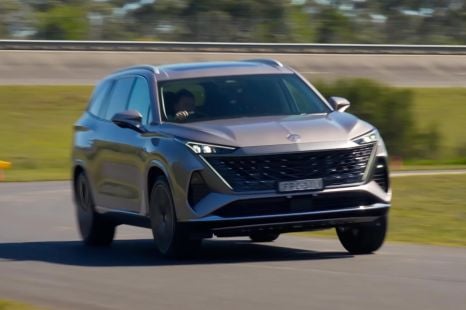

William Stopford
2026 MG QS review
4 Days Ago

Senior Contributor
Enduring Korean battler SsangYong recently revealed a new SUV called the Torres, to sit between the familiar Korando and Rexton models.
The good news, from an Australian perspective, is it looks like the funky-looking Torres will indeed make its way to local dealers. The bad news is it won’t come until the latter stages of next year.
A SsangYong spokesman told us this week the company was “working on” getting the vehicle here, but said a late 2023 launch was the likely scenario.
MORE: SsangYong, the history of a brand with an uncertain future
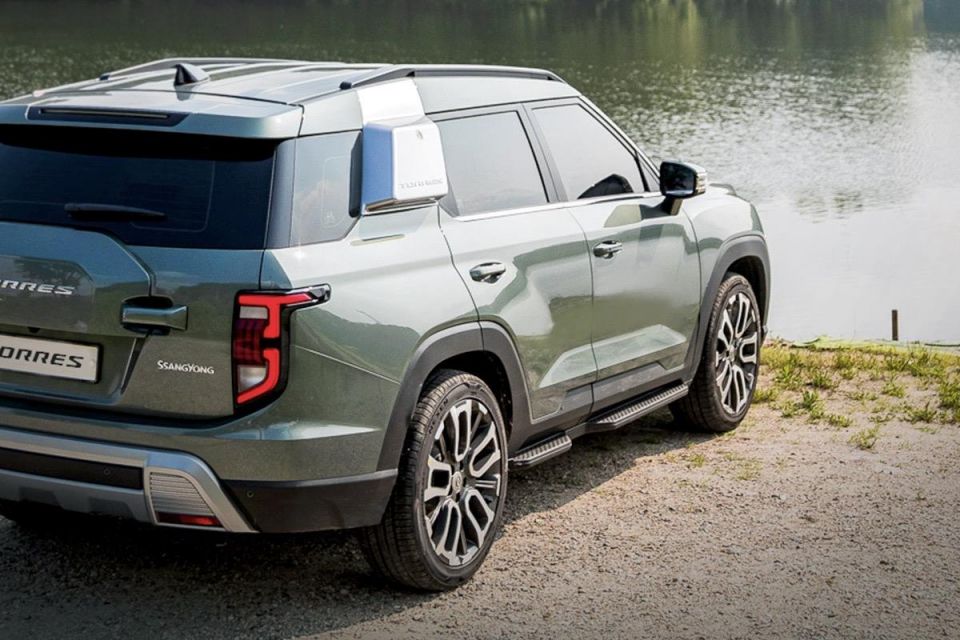
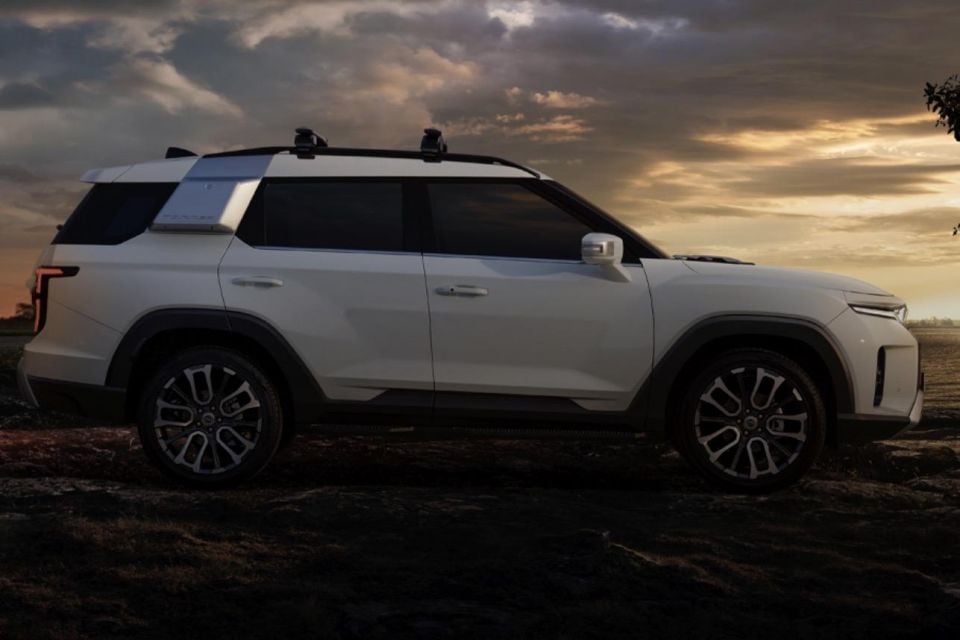

One reason for the lag is clearly rampant demand for the Torres at home in Korea. SsangYong says the new SUV broke its record for pre-orders (12,000), and added that it currently holds north of 50,000 “contracts”, meaning buyers ready to take delivery.
These are rounding-error numbers to a giant like Hyundai Motor, but they’re big numbers to a minnow like SsangYong – at its average current run rate, that’s about six months worth of total brand sales, globally.
Accordingly, Ssangyong said this week in Korea that it planned to conduct weekend overtime at its plant to pump out more units, thereby whittling down its outstanding order bank.
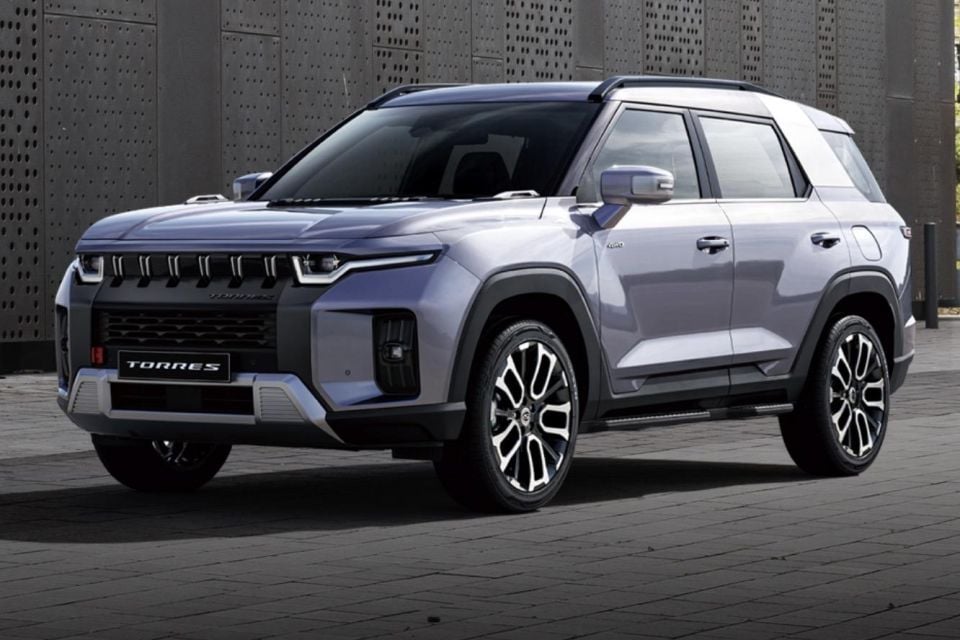
What the heck is a SsangYong Torres?
At 4700mm long and 1890mm wide, the Torres is about the same size as the popular Mitsubishi Outlander.
It’s no firebrand: power comes from a 1.5-litre turbocharged petrol engine making 125kW – this appears to be the same engine as that used in the 250mm-shorter SsangYong Korando.
Both front- and all-wheel drive are available, with the engine paired to a six-speed Aisin automatic transmission. MacPherson strut suspension (front), and multi-link (rear), feature.
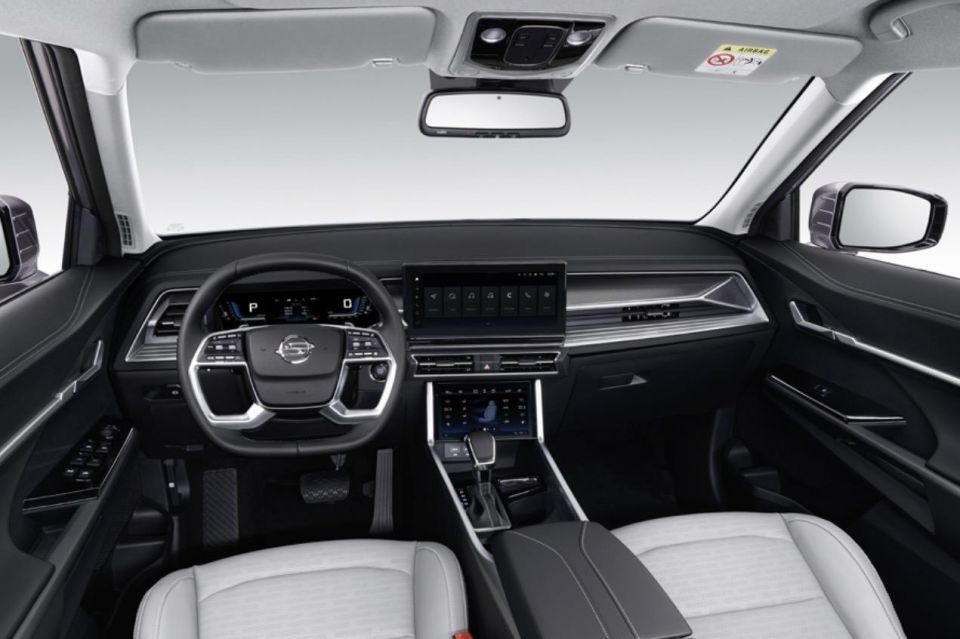

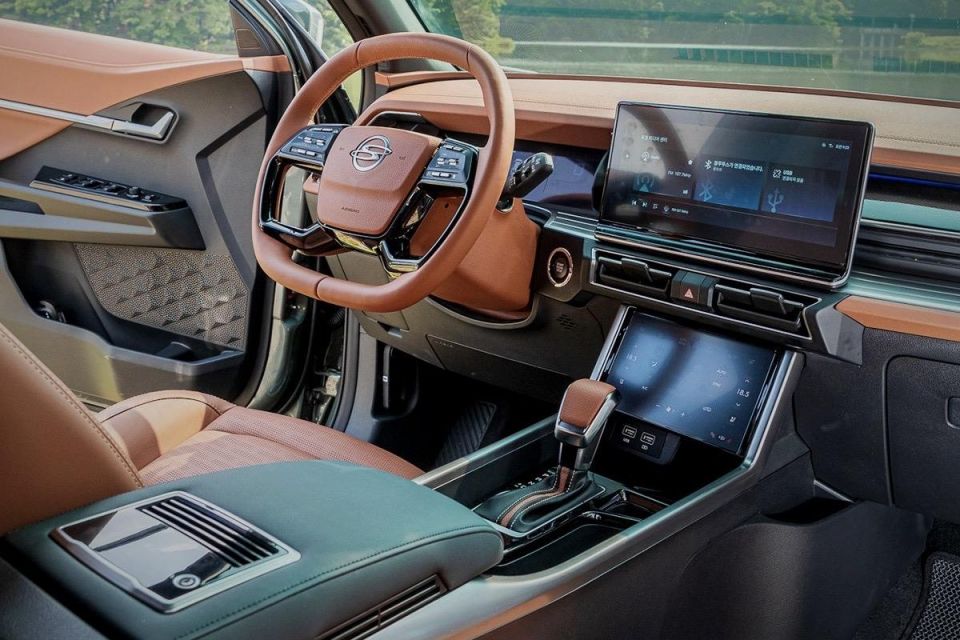
With both seating rows in use, SsangYong claims a generous boot capacity of 703 litres on the VDA standard – meaning the boot is measured by filling the load space with litre blocks.
There’s a 12.3-inch touchscreen infotainment system up front, along with an 8.0-inch touchscreen for the climate controls, and a digital instrument cluster.
Available safety equipment includes eight airbags; plus autonomous emergency braking, blind-spot monitoring, cross-traffic alert, safe exit warning, and adaptive cruise control.
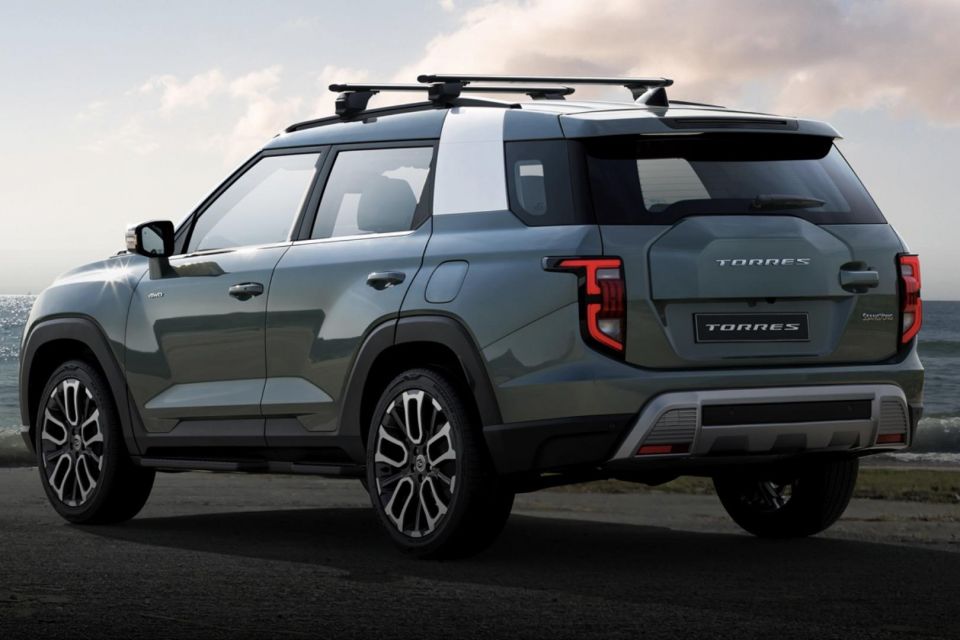
SsangYong latest
SsangYong’s majority owner Mahindra & Mahindra put it up for sale some time ago, with numerous entities kicking the tyres including Korean electric bus manufacturer Edison Motors.
Last we heard – June 29 – a consortium led by chemical and steel conglomerate KG Group had been approved by the Seoul Bankruptcy Court as SsangYong’s final bidder.
The consortium, which includes Seoul-based private equity firms Cactus Private Equity and Pavilion Private Equity, will reportedly acquire SsangYong for 950 billion won (A$1.04 billion), including 600 billion won (A$671 million) of operating capital.


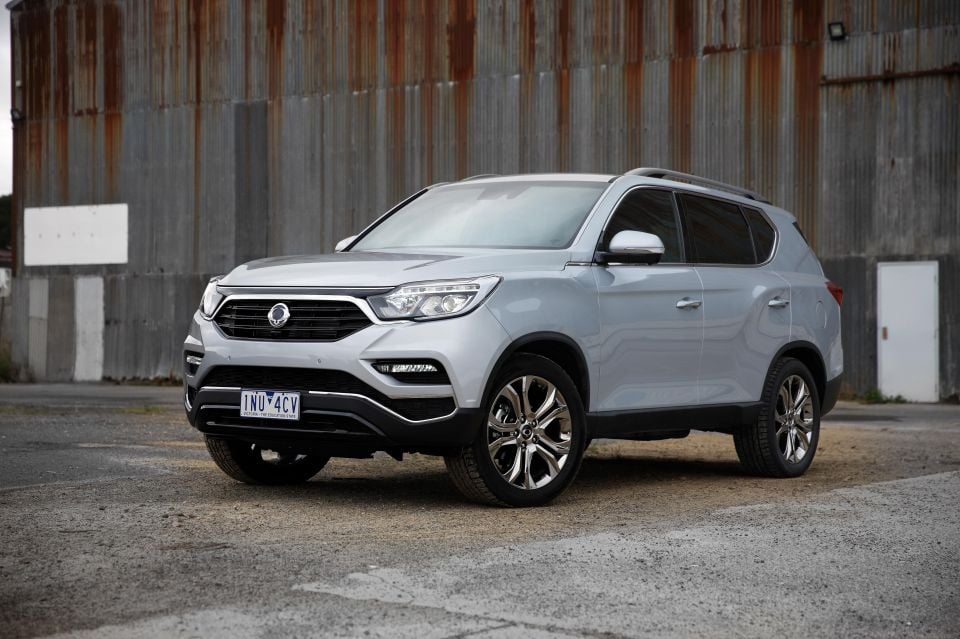
SsangYong was reportedly aiming to sign a deal with the KG Group consortium in early July, before submitting its rehabilitation plan to the court later that month for approval in late August.
The Korea Economic Daily reports the consortium will present the rehabilitation plan to SsangYong’s creditors for approval at a meeting scheduled for late August.
MORE: Korean steel firm chosen as SsangYong’s final bidder – report MORE: SsangYong attracts four bidders following acquisition deal collapse – report MORE: SsangYong, the history of a brand with an uncertain future MORE: Edison Motors asks court to save SsangYong acquisition deal – report MORE: 2023 SsangYong Torres revealed
Where expert car reviews meet expert car buying – CarExpert gives you trusted advice, personalised service and real savings on your next new car.


William Stopford
4 Days Ago
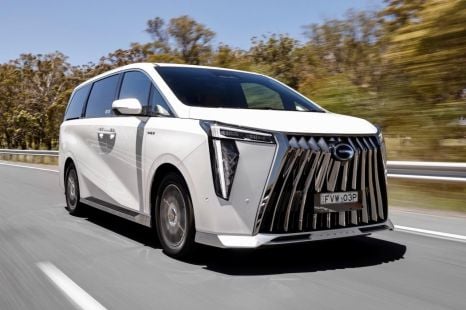

Ben Zachariah
3 Days Ago


Ben Zachariah
2 Days Ago
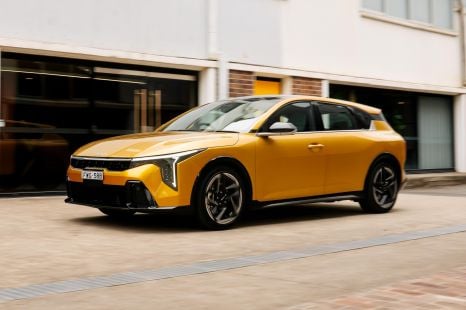

James Wong
14 Hours Ago
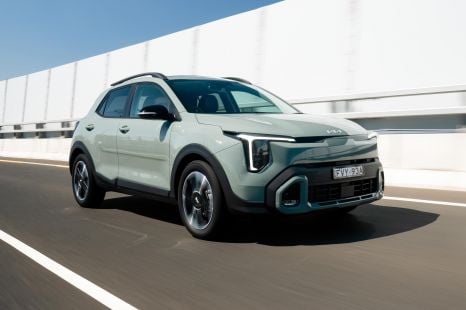

James Wong
14 Hours Ago
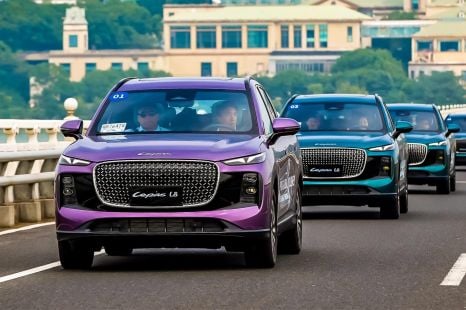

James Wong
7 Hours Ago